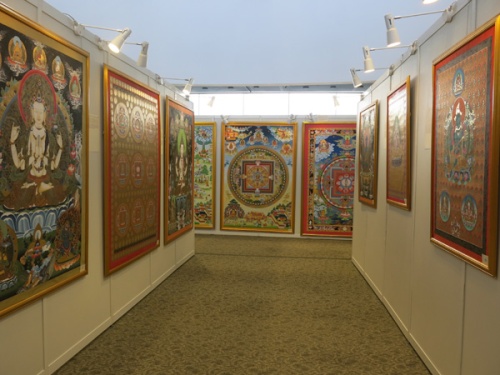 Yahoo News, September 22, 2016
Yahoo News, September 22, 2016
Outside the Kushok Bakula Rinpoche Airport at Leh, billboards announced the Naropa Festival, described to outsiders as the Kumbh Mela of the Himalayas.
The Naropa festival this 2016 was particularly special for two reasons: it was the millennial birth anniversary of yogi Naropa of Drupka lineage, the leading sect of Himalayan Buddhism, and it coincided with the Hemis Festival, a celebration that marks the birth of Padmasambhava, the founder of Tibetan Buddhism.
Usually, Hemis is held in July, inside the monastery, the seat of Drupka order in Ladakh. It is better known among tourists for the famous and sacred Chams, the masked dance of the Lamas that is performed to the music of drums, long horns and cymbals.
In honour of the double celebration this year, a new Gompa (a religious structure, like a university) was built in Leh. Unfortunately, it could not be completed in time, and so the month-long ceremonies of Hemis and Naropa were squeezed into September, before the weather grew too cold.
Looking at the vast crowd that chose to stay in Leh despite the chill to celebrate, I realised why Naroda is called the Kumbh of the Himalayas: monks and nuns had gathered from Bhutan and Nepal, where Drupka sect following is large, but followers of Buddhism also arrived from Singapore, Malaysia, Vietnam, Sri Lanka, and the remote villages of Ladakh. From afar, the festival’s pandal area looks like a sea of maroon caps.
The biggest Buddhist festival in the world has changed in many ways over the years: for the convenience of global pilgrims, it has embraced technology. This year, the sacred ceremonies were held outside the new Gompa, where they were relayed on LED screens for the convenience of the large gathering. Continue reading

 The Straits Times
The Straits Times



 Our friends at
Our friends at 





